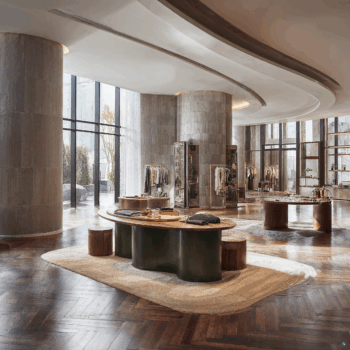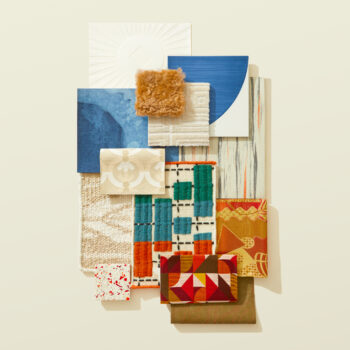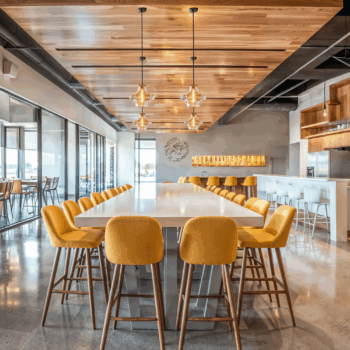
Egyptian Revival design honors the legacy of one of the world’s oldest civilizations through a modern lens, celebrating architectural grandeur, geometry, and symbolism. First gaining prominence in Europe and North America during the 19th century, this style was fueled by a fascination with archaeological discoveries and a reverence for the monumental beauty of ancient structures. Rather than directly replicating sacred architecture, Egyptian Revival stylizes key elements—like lotus columns, hieroglyphic patterns, and smooth stone forms—into new expressions of elegance and permanence.
Today, Egyptian Revival design offers rich opportunities for contemporary interiors. Characterized by clean symmetry, carved stonework, and a balance of boldness and simplicity, it introduces a sense of both stability and sophistication. In modern applications, designers translate these influences through textured surfaces, restrained ornamentation, and natural materials that evoke the timelessness of ancient craft while embracing today’s needs for functionality and flow.
The Core Principles of Egyptian Revival Design
1.) Monumental Geometry
Structured forms—like pylons, obelisks, and symmetrical layouts—anchor spaces with a sense of gravity and timelessness.
2.) Symbolic Motifs
Lotus flowers, scarabs, sun disks, and hieroglyphic patterns add layers of meaning and subtle references to ancient symbolism.
3.) Stone and Stucco Textures
Natural stone, polished plaster, and carved surfaces connect interiors to the tactile permanence of historic structures.
4.) Gilded and Colored Accents
Touches of gold leaf, deep blues, and warm earth tones bring richness and visual contrast without overwhelming simplicity.
5.) Balance of Scale and Detail
Grand proportions are balanced with intricate detailing, creating spaces that feel both powerful and intimate.
Egyptian Revival Design in Practice
Healing Spaces in Healthcare
Natural stone textures, warm palettes, and structured, symmetrical layouts foster a grounding environment for wellness and reflection.
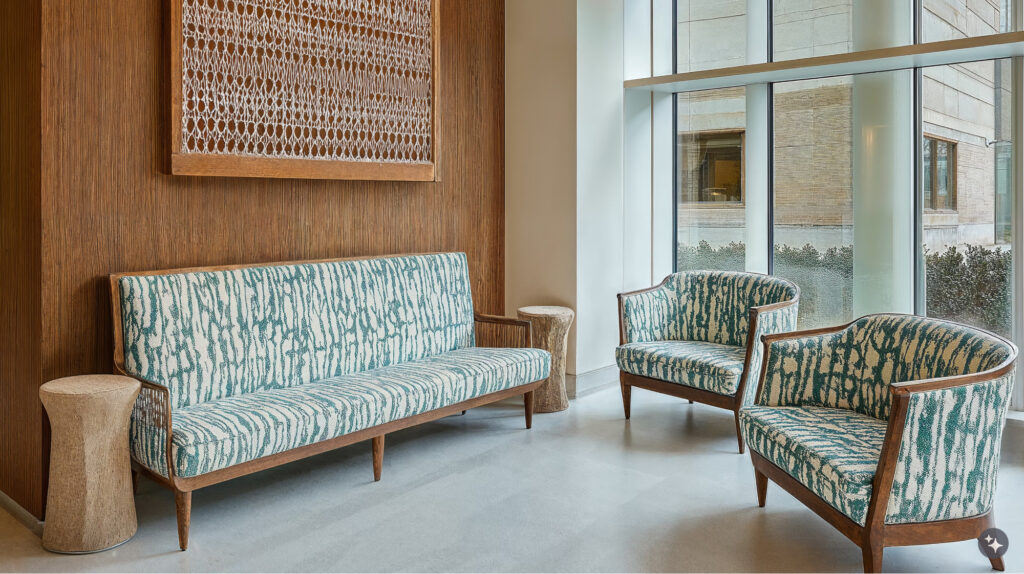
Structured Workspaces
Office interiors incorporate monumentally inspired forms, simple material palettes, and geometric lighting to create spaces that encourage focus and clarity.
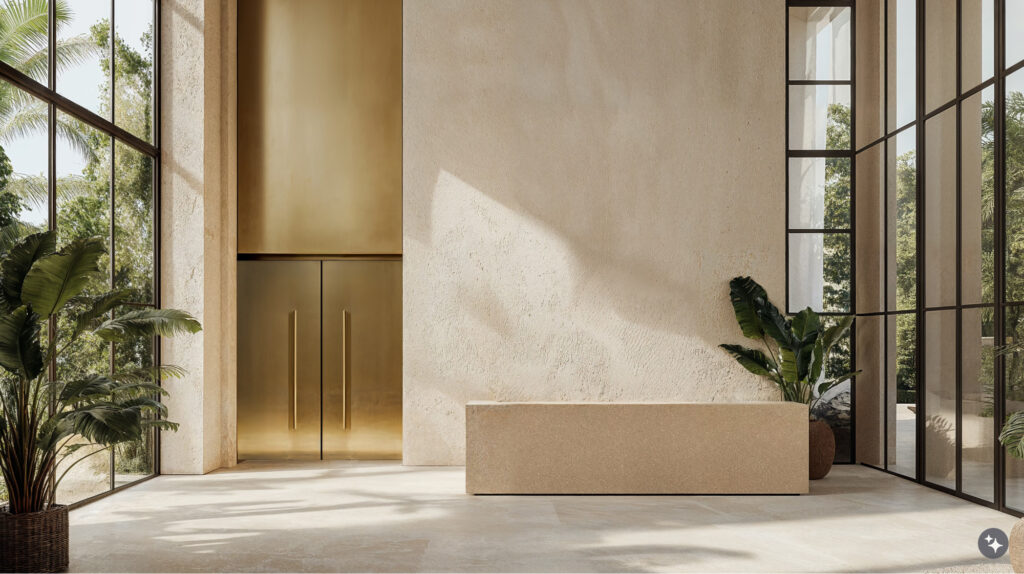
Educational Environments with Historical Depth
Learning spaces subtly incorporate patterns, textured walls, and clean-lined symmetry to evoke a sense of history, curiosity, and inspiration.
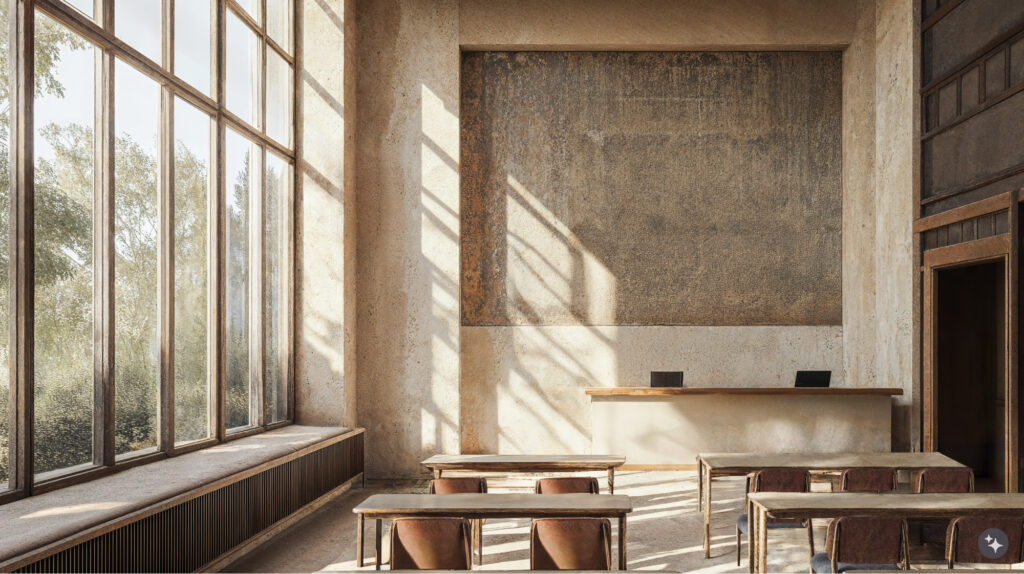
Hospitality with Grand Resonance
Hotels and spas borrow from Egyptian Revival through carved columns, patterned stone floors, and ambient lighting, offering guests a feeling of timeless luxury.
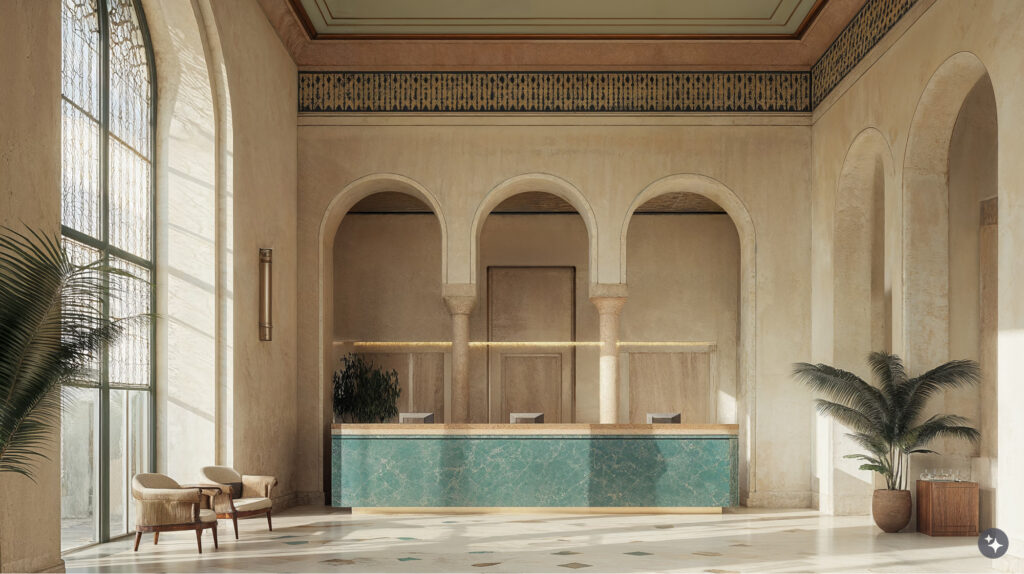
Cultural Institutions Honoring Legacy
Museums, galleries, and theaters embrace Egyptian Revival elements—symmetrical layouts, monumental entrances, and symbolic detailing—to elevate the experience of art and history.
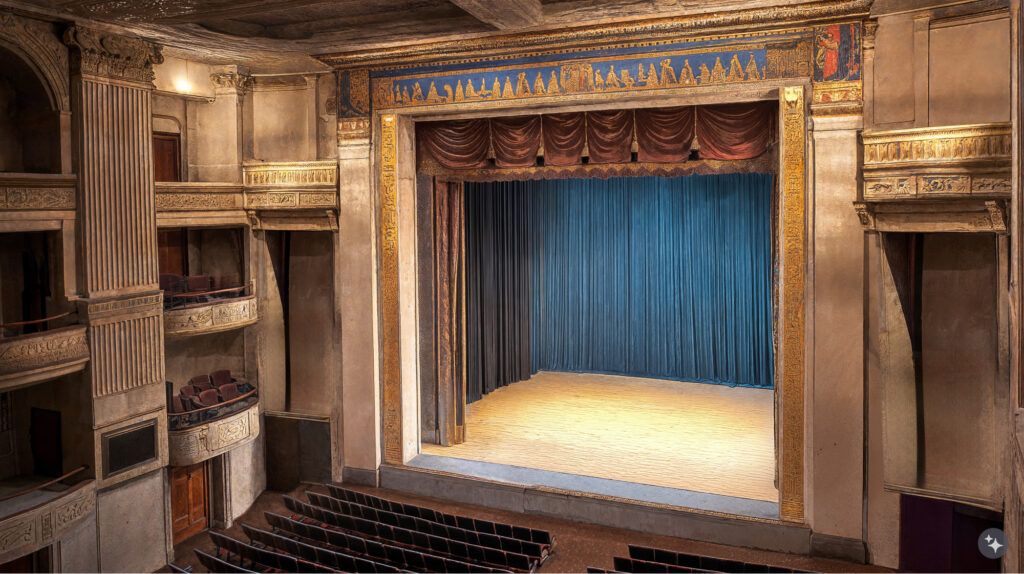
Transit Spaces Reflecting Permanence
Transportation hubs feature grand forms, strong vertical lines, and subtle stone surfaces, blending functionality with historical gravitas.
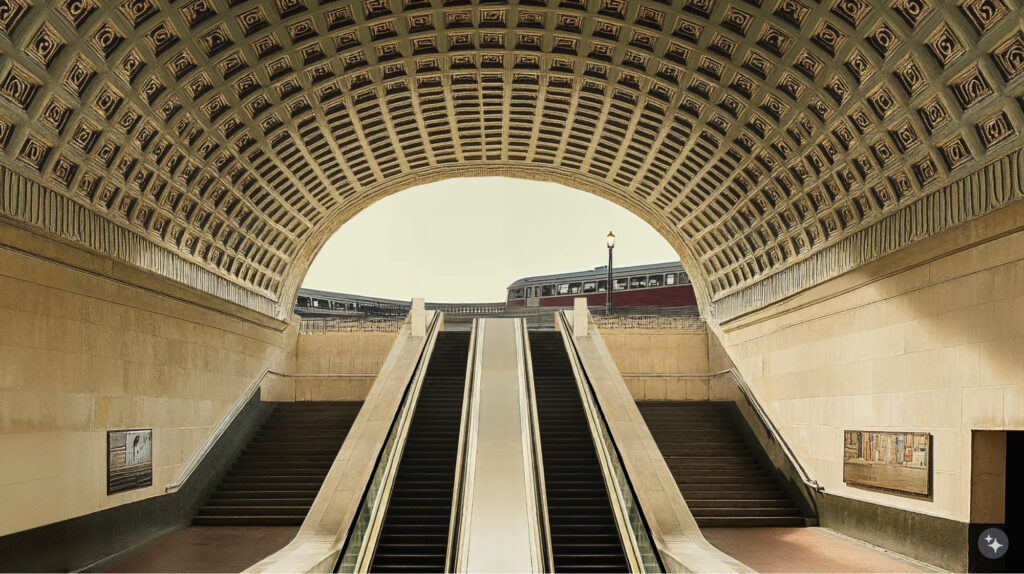
Residential Spaces Rooted in Craft
Modern pool areas embrace Egyptian Revival through sculptural stonework, clean geometry, and natural materials that evoke timeless elegance.
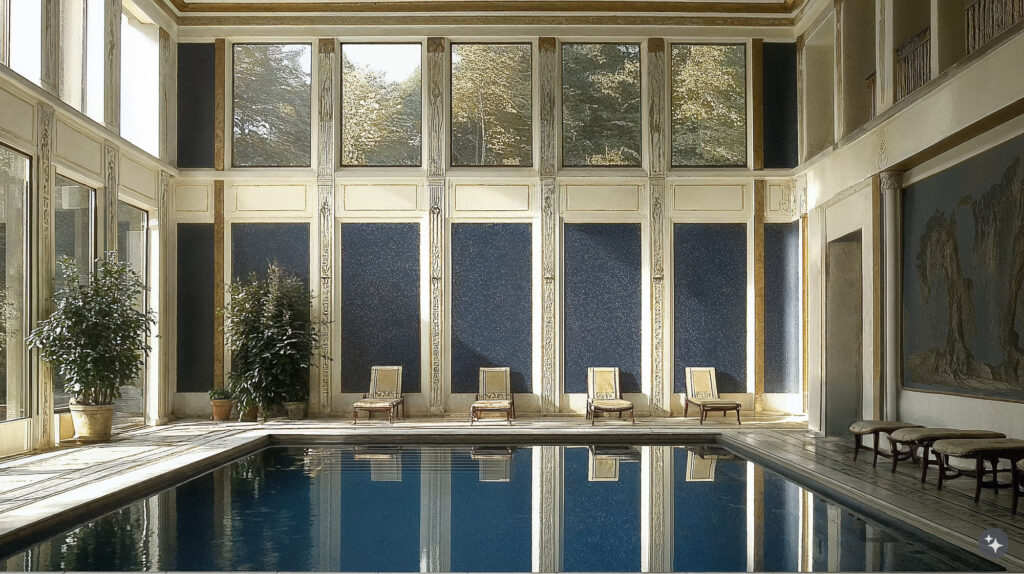
Egyptian Revival design offers more than historic reference—it invites us to rethink how permanence, symbolism, and craft can ground contemporary environments. By translating the principles of ancient architecture into modern materials and forms, designers can create spaces that honor history while offering enduring, meaningful beauty for today’s world.
Seeking a more contemporary look? Check out our article on Modernizing Drive-In Theaters.





